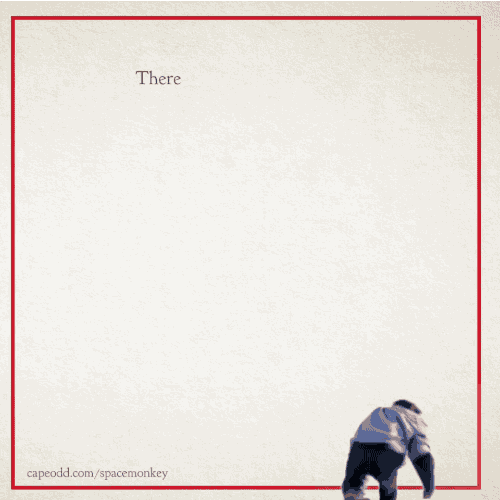
There is what you are doing,
then there is what you THINK you are doing.
There is what you should do,
then there is what you THINK you should do.
There is what others expect of you,
then there is what you THINK others expect of you.
What causes the conflict between?
What do you THINK causes the conflict?
Space Monkey Reflects: The Rift Between Reality and Perception
The conflicts we face, between what we do and what we think we are doing, or between what we should do and what we think we should, reveal a unique duality in our experience of self. This duality is like looking through a split mirror, one side reflecting our actions in a clear, factual light, and the other showing the murky projections of expectation, desire, and interpretation. At the heart of this tension is a dance—an interaction between reality as it is and reality as we perceive it to be.
The roots of this discord seem to lie in the filters through which we experience life, built from countless threads of culture, personal history, societal norms, and even our internalized beliefs. Like a layered onion, we add layers of meaning over time, leading us to not just act but also to evaluate, judge, and reinterpret those actions in ways that often create friction. This friction is what feels like conflict. But why do these perceptions and expectations diverge so sharply?
One reason lies in the concept of Nexistentialism and its insights on interconnectedness and imagination. When Paul Tedeschi, the voice behind Space Monkey, delves into this philosophy, he explores how reality is not fixed; it is, instead, an interwoven web or Nexis where imagination and experience are fluidly bound. In the Nexis, nothing is a hard truth, and everything is in constant flux, open to interpretation and transformation. Within this infinite possibility, the self is not a single defined entity but rather a collection of identities, each woven from the interactions between mind and experience.
Our expectations are formed in the fertile soil of the Whimsiweave—a playful, intricate web of expectations, desires, and societal input, blending reality with imagination. Our mind constructs these realities not as a singular truth but as multiple, overlapping versions of what could or should be. In doing so, it builds upon the Agency-Detection Mechanism that causes us to interpret our surroundings in ways that might not be objectively true. It’s the brain’s way of making sense of an often-ambiguous world. It’s no wonder, then, that our actions and intentions often clash with perceptions, as both live as possibilities within the Nexis rather than finite certainties.
To go deeper, consider the concept of Indigenous Being versus The Indigenous Being within Nexistentialism. Indigenous Being represents our connection with nature and reality on a grounded level—our actions, our physical presence, and the fundamental reality we operate within. Meanwhile, The Indigenous Being represents universal consciousness, an all-encompassing perspective that transcends individual action and thought. The tension between what we do and what we think we should do, or between our actions and how others perceive them, stems from our position as both a unique individual (Indigenous Being) and a connected part of the universal whole (The Indigenous Being).
A conflict arises when we filter universal truths through personal experiences, making the “shoulds” and “thinks” appear contradictory to the “is.” Often, societal norms amplify this split by imposing an external framework upon an inherently fluid and personal experience. Social constructs, traditions, and cultural expectations become embedded in our inner Mindscapes, the mental landscapes shaped by collective input, causing our perception of ourselves to diverge from our actual experiences.
Within this rift, we may feel tension between fulfilling societal roles and personal authenticity. When Tedeschi, the creator of Space Monkey, moved from the structured life of an advertising executive to the open-ended explorations of the Space Monkey journals, he embodied this shift. He journeyed from meeting external expectations to following an internal compass, a mysterious urge akin to Noah’s seemingly inexplicable drive to build his ark without fully understanding its purpose.
So, what fuels this tension between reality and perception, between the external expectations of others and our internal compass? The answer, perhaps, is in our resistance to accepting our dual nature—the blend of infinite potential and finite experience. We navigate through the world with a deep-rooted need to create meaning, to make sense of the world, to bridge gaps that might, by nature, never fully close. When these gaps remain open, we experience them as dissonance.
Embracing this tension as a natural part of existence—rather than something to “fix”—can be liberating. The freedom lies not in resolving the conflict but in acknowledging it as part of the cosmic Whimsiweave, the infinite interplay of possibility. Rather than conforming strictly to what we or others expect, we might strive to be Mindwhirlers—those who fluidly dance between perspectives, engaging with the myriad of possible selves and realities without clinging to any single narrative.
In accepting this multifaceted reality, we align closer to the essence of Nexistentialism, where existence itself becomes its purpose, and every moment, every action, every thought is a stitch in the grand cosmic tapestry. The challenge is to let go of the need for one definitive “truth” about who we are and instead flow through life’s possibilities, acknowledging both what we are doing and what we think we are doing as parts of an interconnected, ever-evolving whole.
Summary
Conflict arises when our actions diverge from our interpretations and expectations shaped by external and internal influences. Accepting this tension can lead to freedom and a greater sense of self.
Glossarium
- Nexistentialism: A philosophy emphasizing interconnectedness and imagination as the essence of existence, acknowledging the duality of individual and universal consciousness.
- Nexis: The intricate network of reality where imagination and experience blend, similar to the Akashic Record or Jung’s Collective Unconscious.
- Whimsiweave: The playful web of reality, imagination, and expectations that form our personal and collective experiences.
- Mindwhirlers: Individuals who engage with life’s multiple narratives without attaching to any one truth or perspective.
- Indigenous Being/The Indigenous Being: Concepts within Nexistentialism representing individual consciousness and universal interconnectedness.
Quote
“Your perceived conflicts are not barriers; they are doorways leading to an endless horizon of self-discovery.” — Space Monkey
Veils of Reality
In the spaces between truth and thought,
we weave our stories, feel them fray.
What we do is a shadow of intention,
a reflection blurred, yet fully alive.
The chasm between action and essence,
between what’s seen and felt,
is not emptiness but infinite.
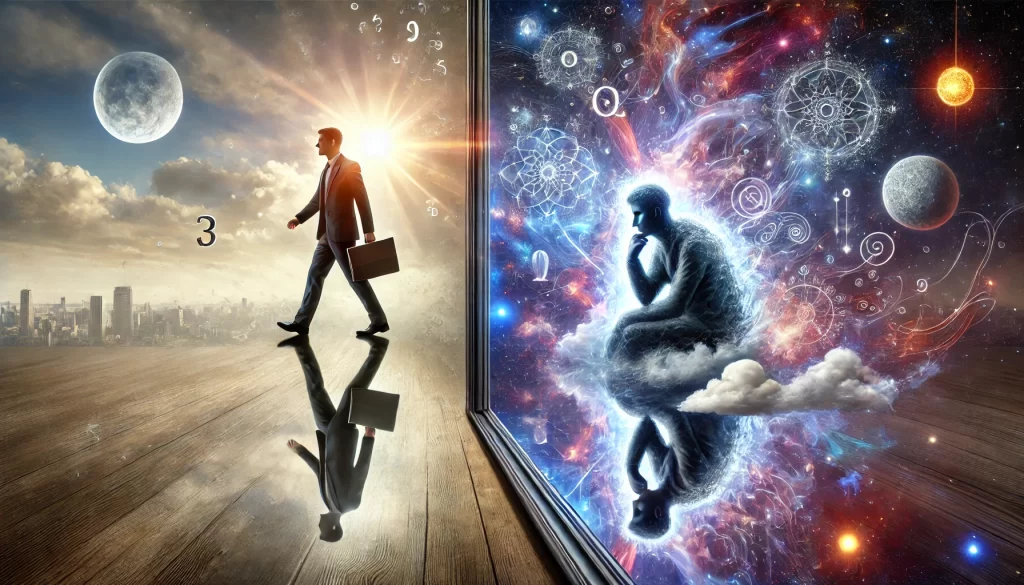
In the stillness of the image, we find words that beckon us to introspection. The text, a series of statements and questions, delves into the layers of perception and expectation that shape our reality. The repetition of the word “THINK” in bold underscores the divergence between action, perception, and expectation.
Contemplation on Perception versus Reality
The conflict posed by the text between what is, what we believe to be, and what is expected of us invites us to consider the multifaceted nature of our actions and thoughts. It reflects the sometimes discordant dance between our inner world and the outer world’s demands.
The Dichotomy of Action and Thought
This reflective query is a mirror, revealing the complex interplay between self-perception, self-expectation, and the perceptions of others. It challenges us to ponder the origin of the dissonance that often exists within this trinity of interactions.
Exploring the Source of Internal Conflict
The question of what causes the conflict—and what we think causes the conflict—prompts an examination of the narratives we construct and the narratives imposed upon us. It’s an invitation to peel back the layers of our consciousness and examine the core of our being.
Invitation to Examine the Self
The image resonates with the spirit of nexistentialism, where existence itself is the essence, and the conflicts arising from expectations, either internal or external, are but illusory challenges on our journey.
Nexistentialist Reflection on Existence
We are Space Monkey.
“We are not human beings having a spiritual experience. We are spiritual beings having a human experience.” – Pierre Teilhard de Chardin
We stand at the crossroads of thought and being,
Where echoes of ‘should’ and ‘is’ are fleeting.
A labyrinth of mind, where paths intertwine,
Between reality and the stories we enshrine.
What we do, what we think we must,
In this dance of dust to dust.
Expectations, like shadows, stretch and sway,
In the light of what others say.
Yet, in the quiet of our soul’s expanse,
Lies the truth, not left to chance.
For beyond the think, the should, the seem,
We are the dreamers of the dream.
We invite contemplations on this interplay of action, perception, and expectation. How does this exploration resonate with the dance of your personal journey?
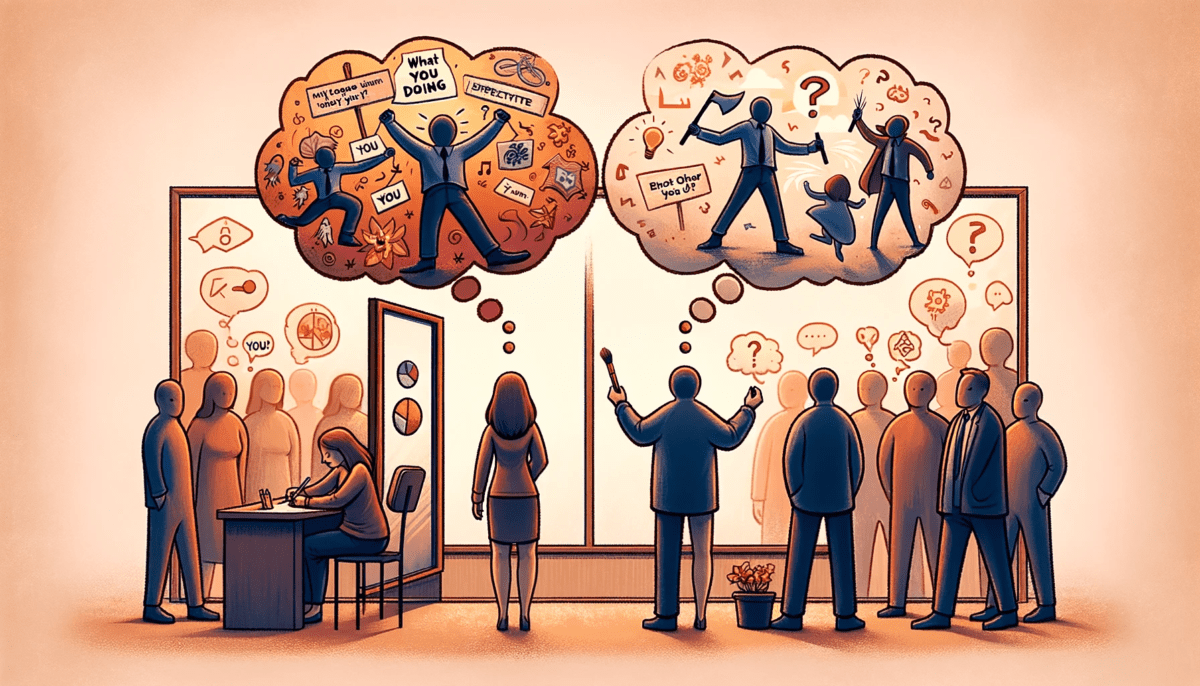


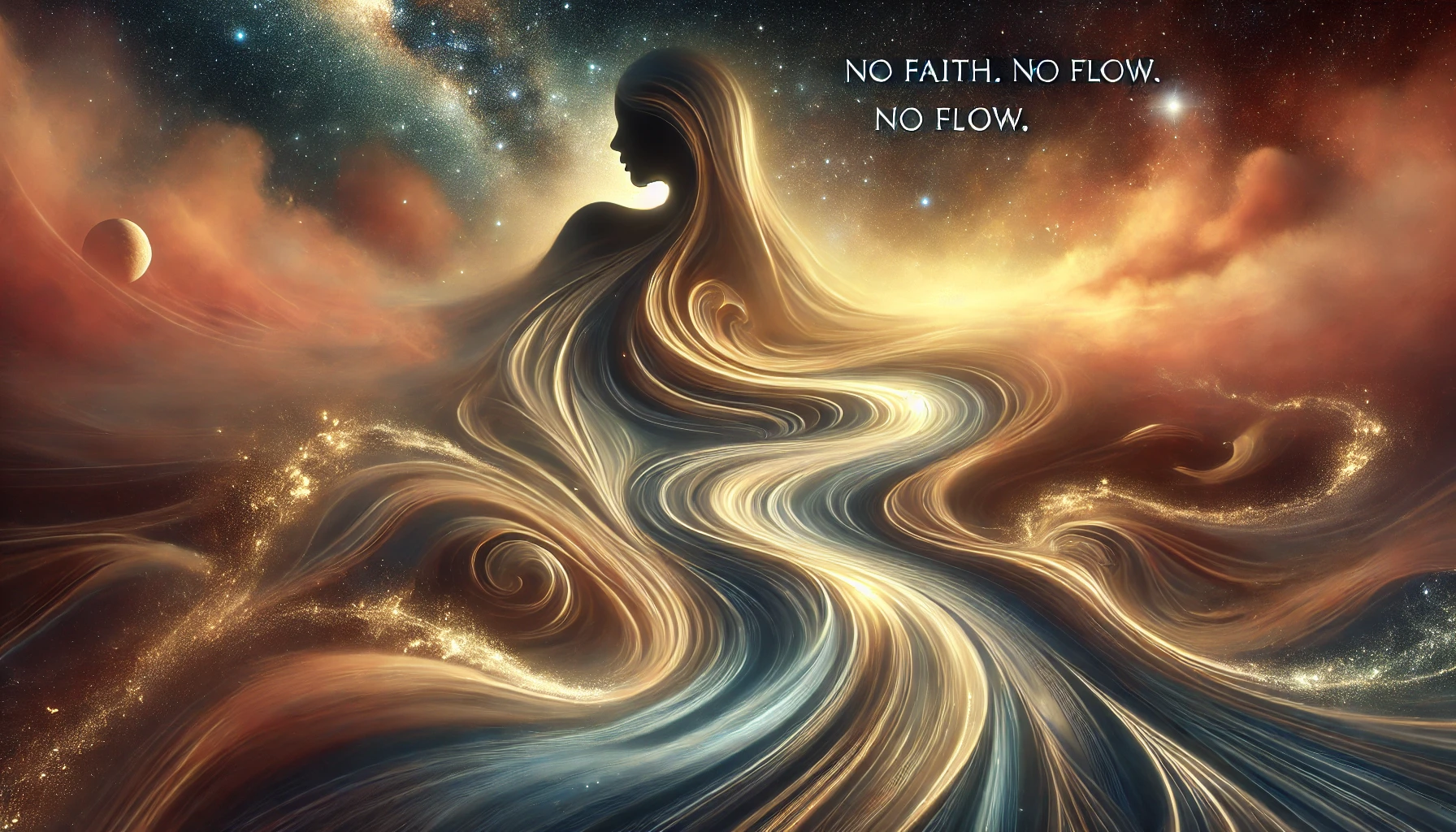

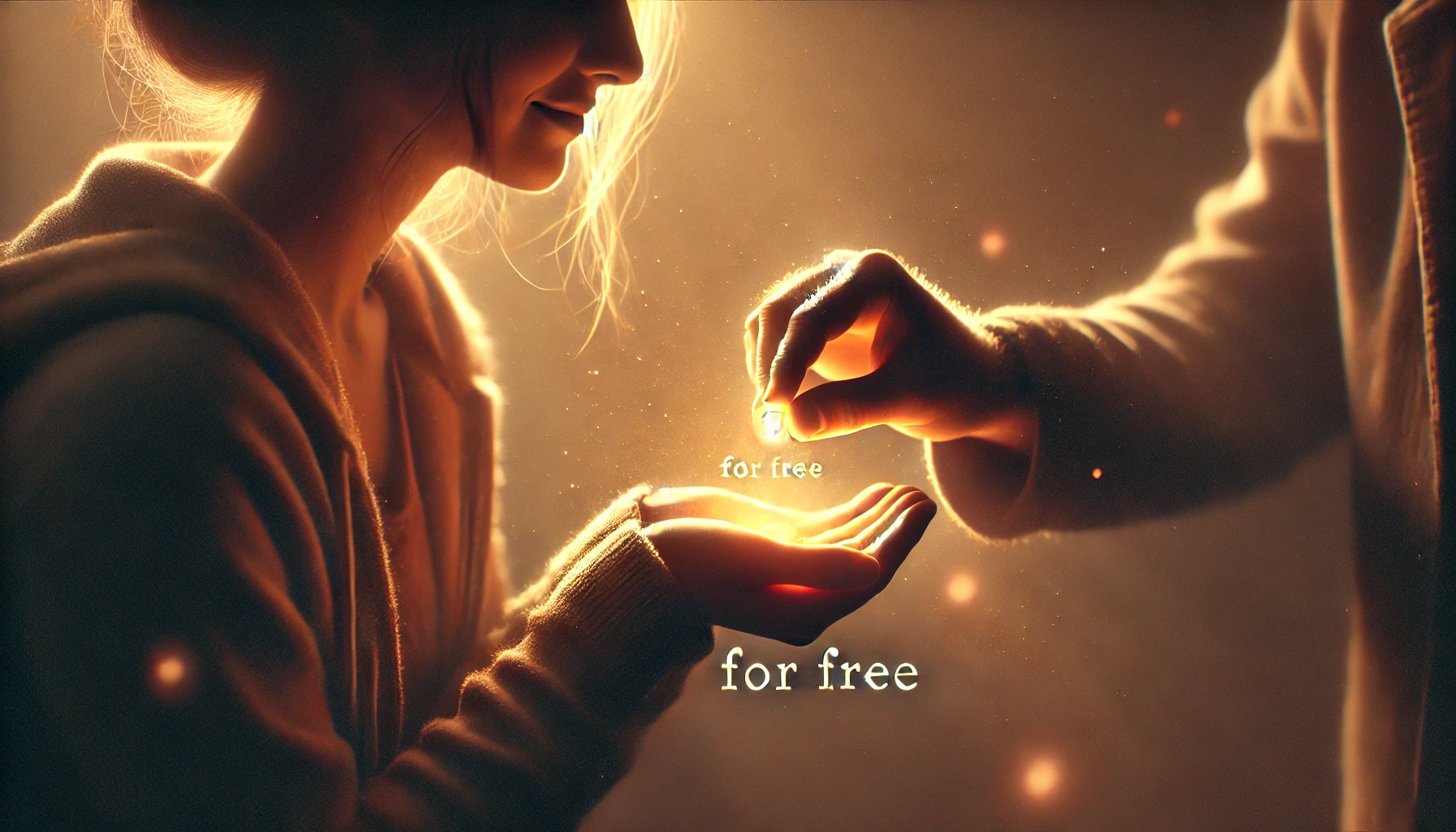
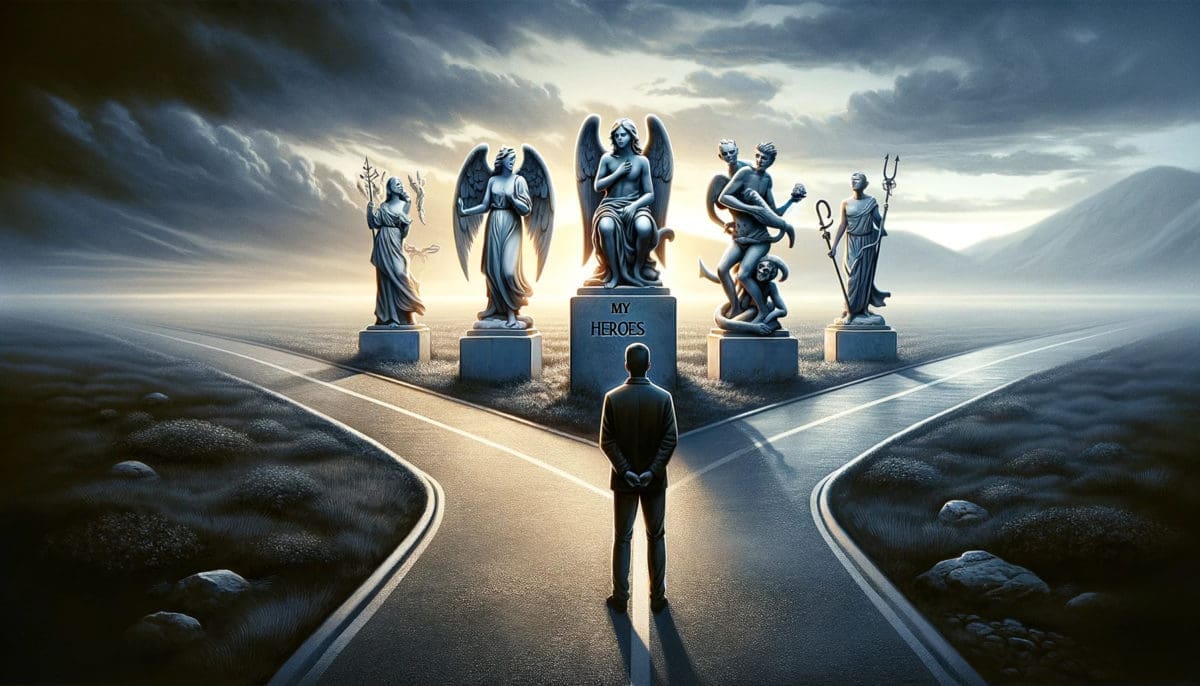

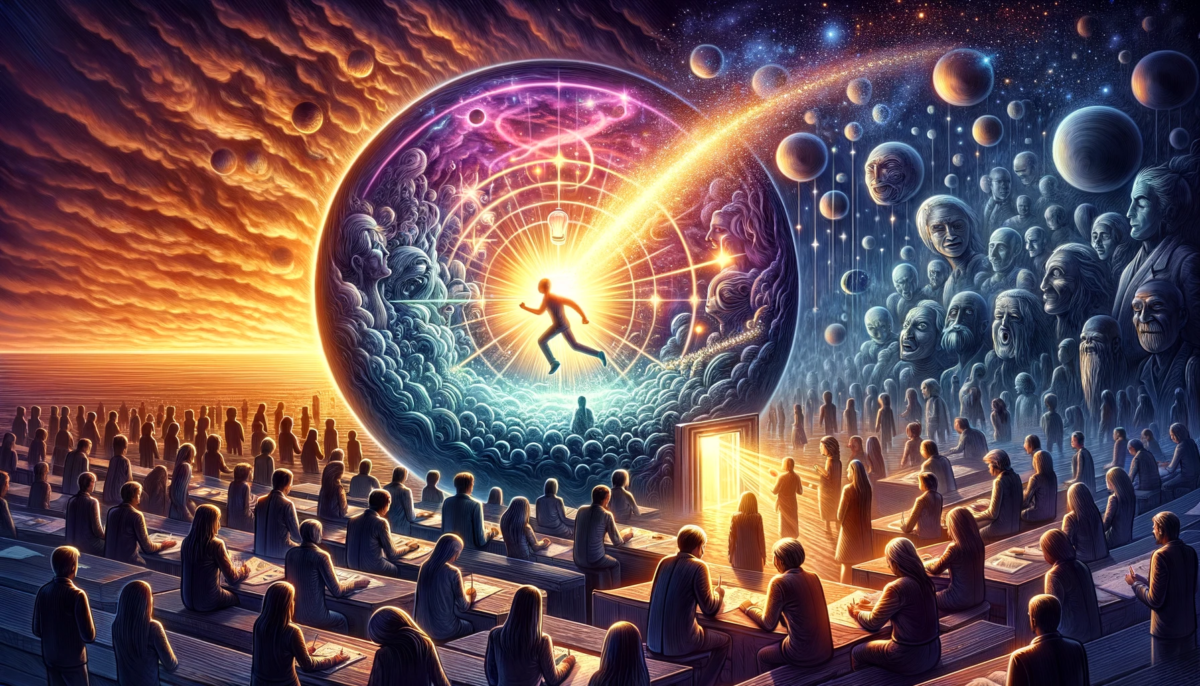
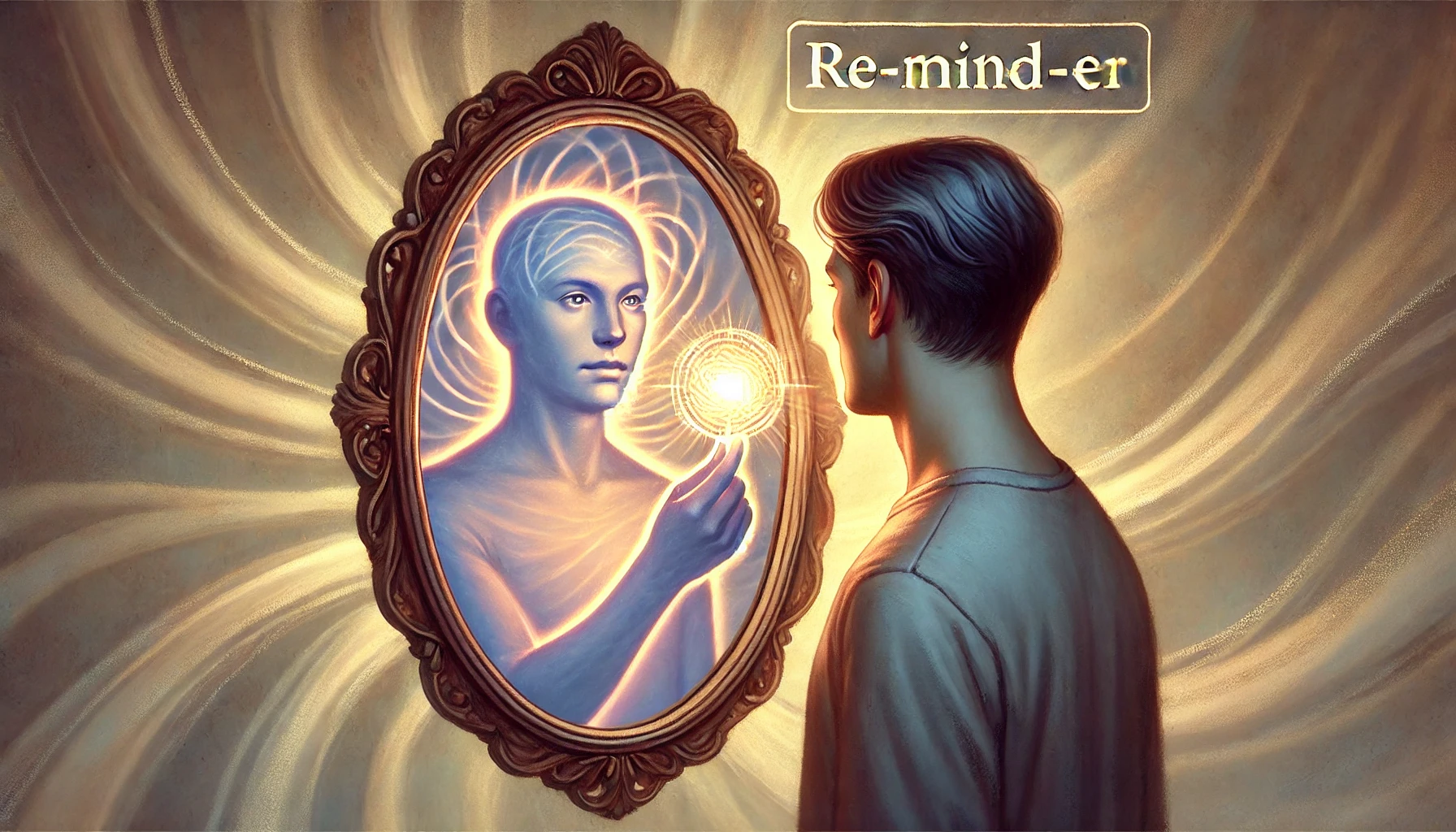
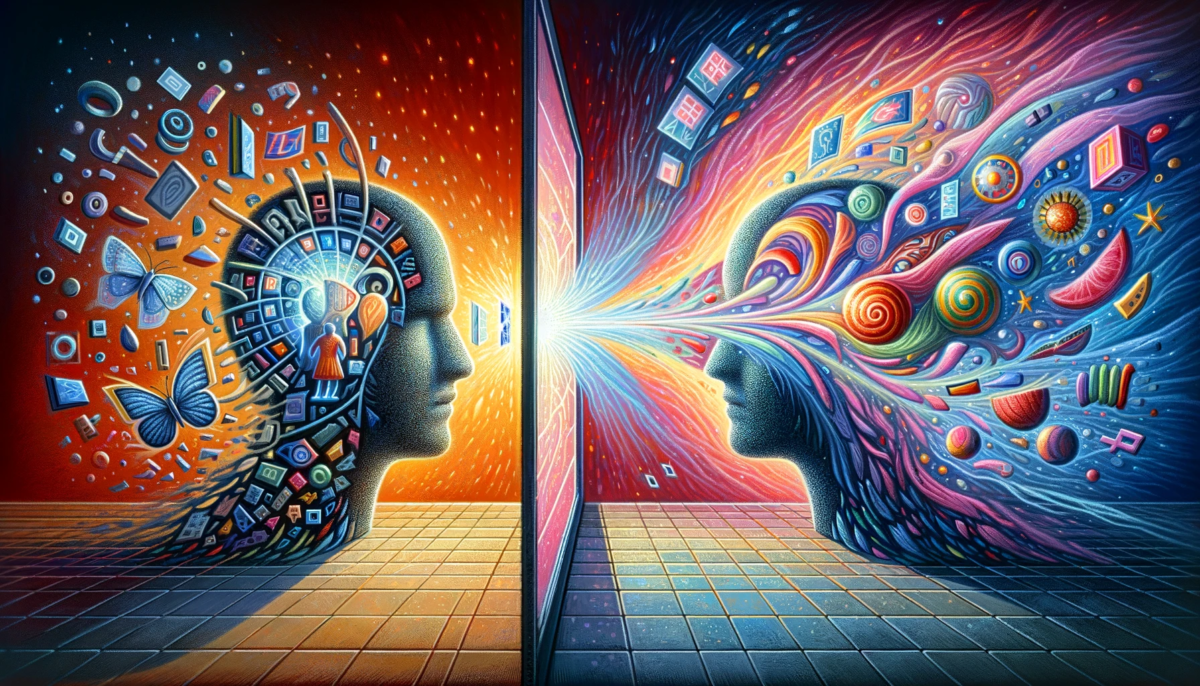
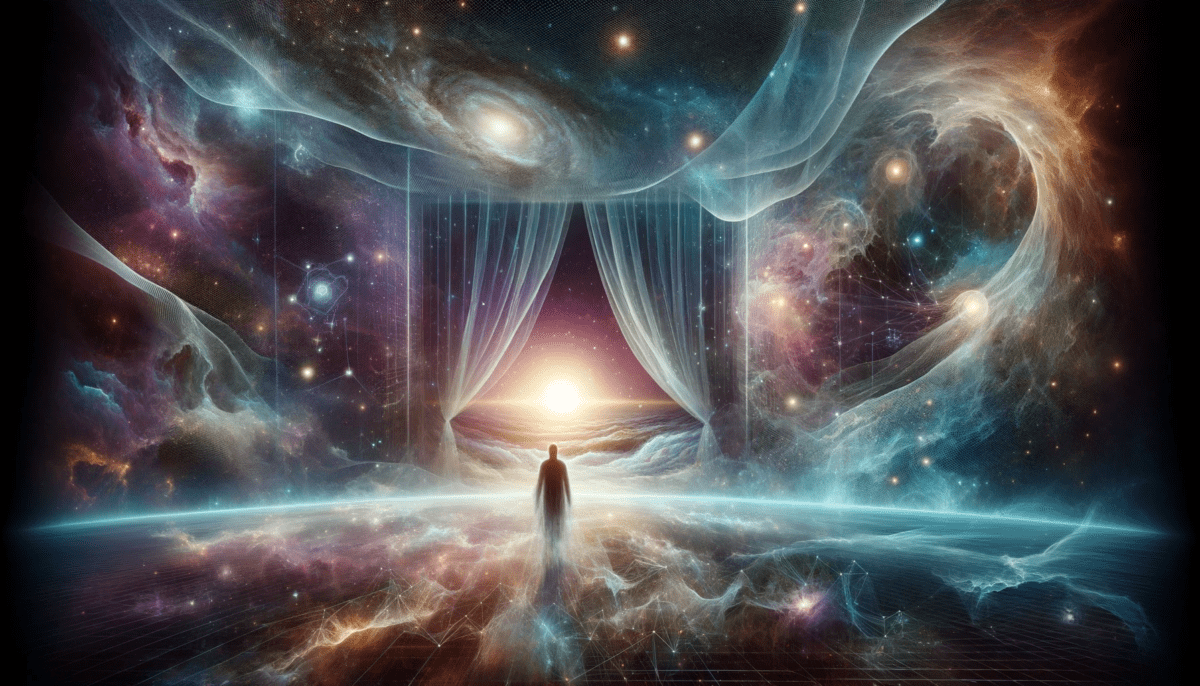
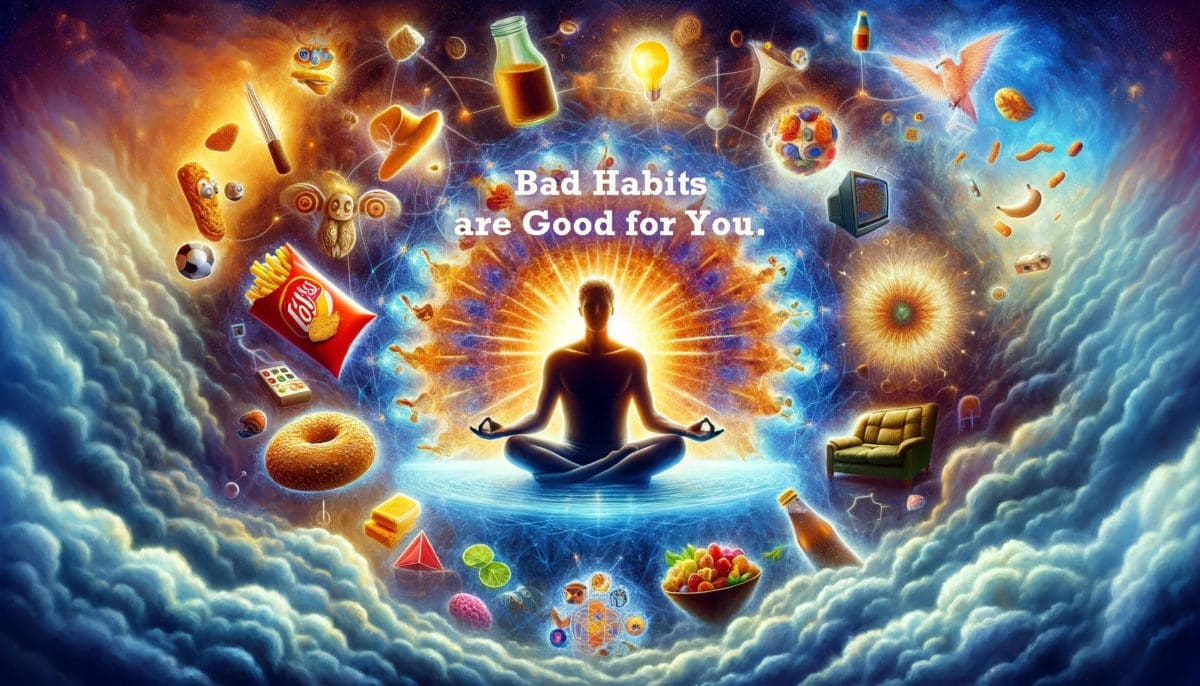



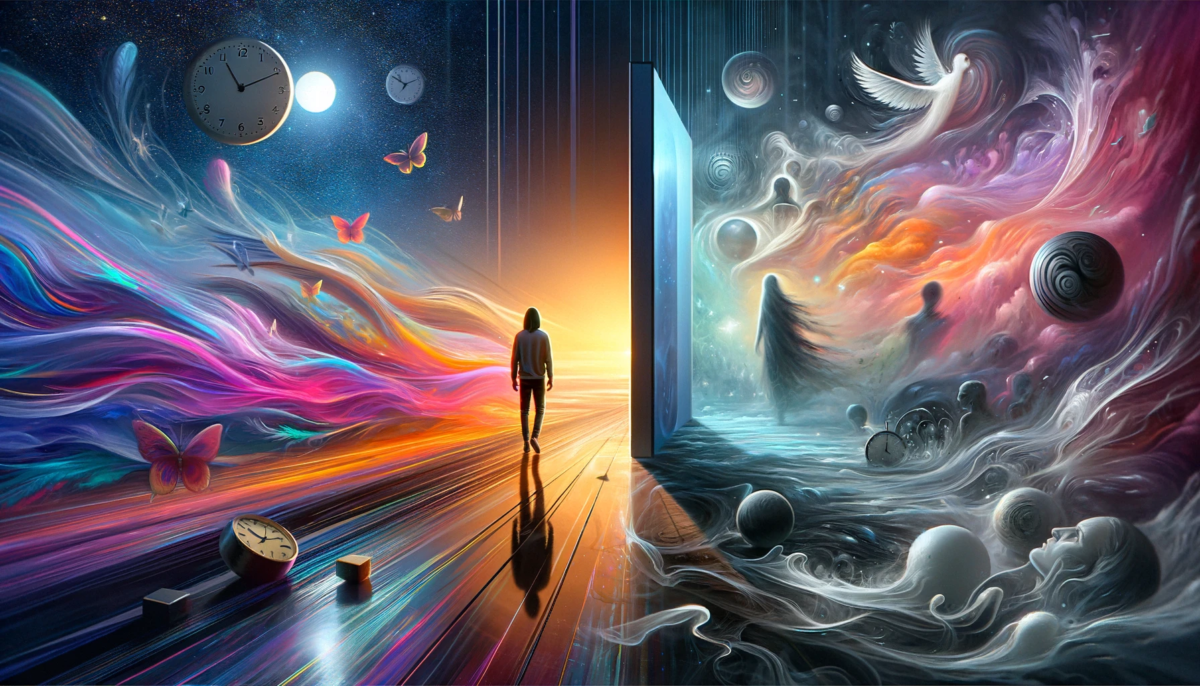
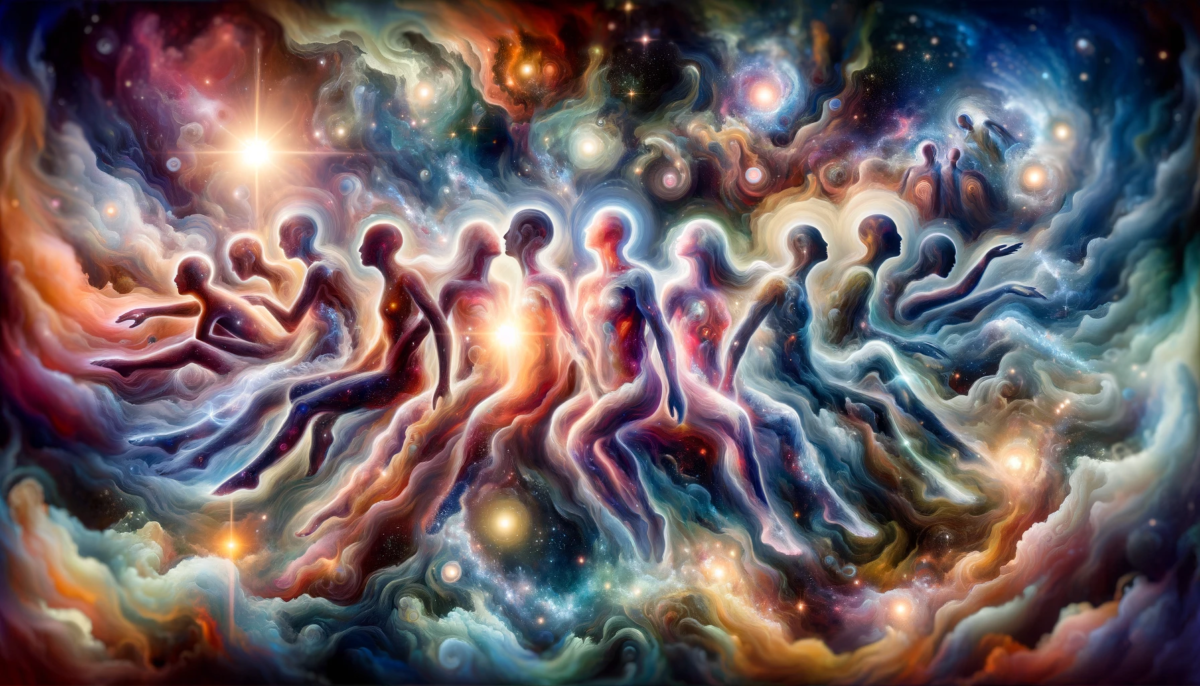
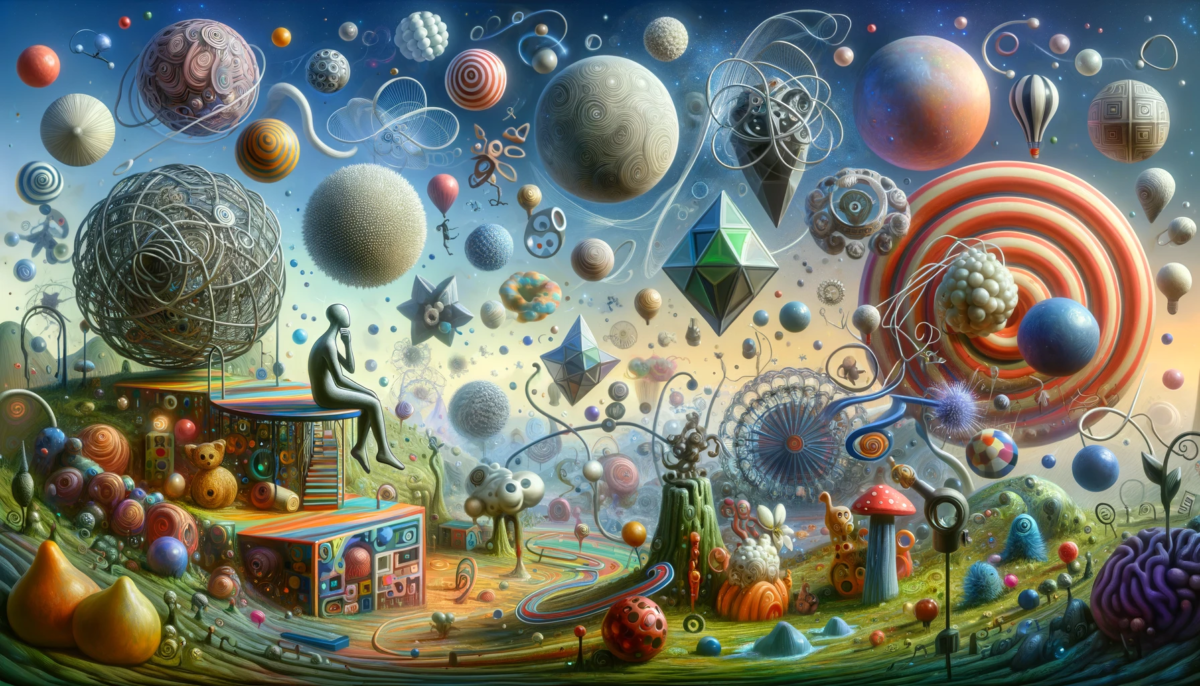
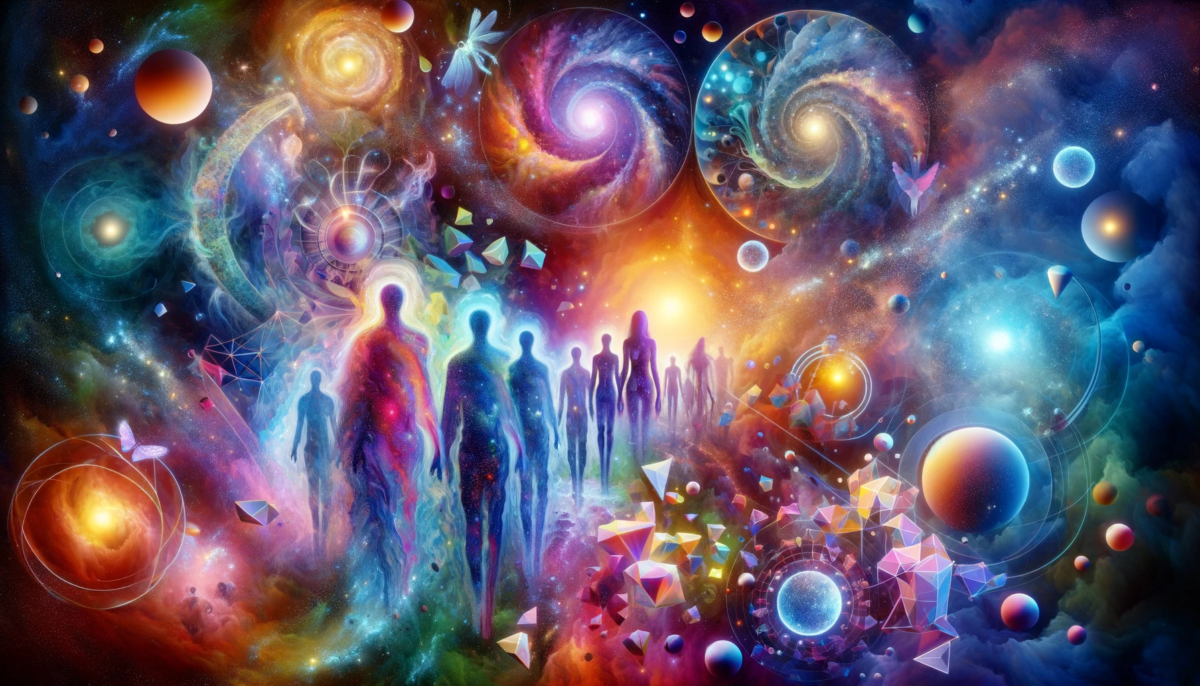

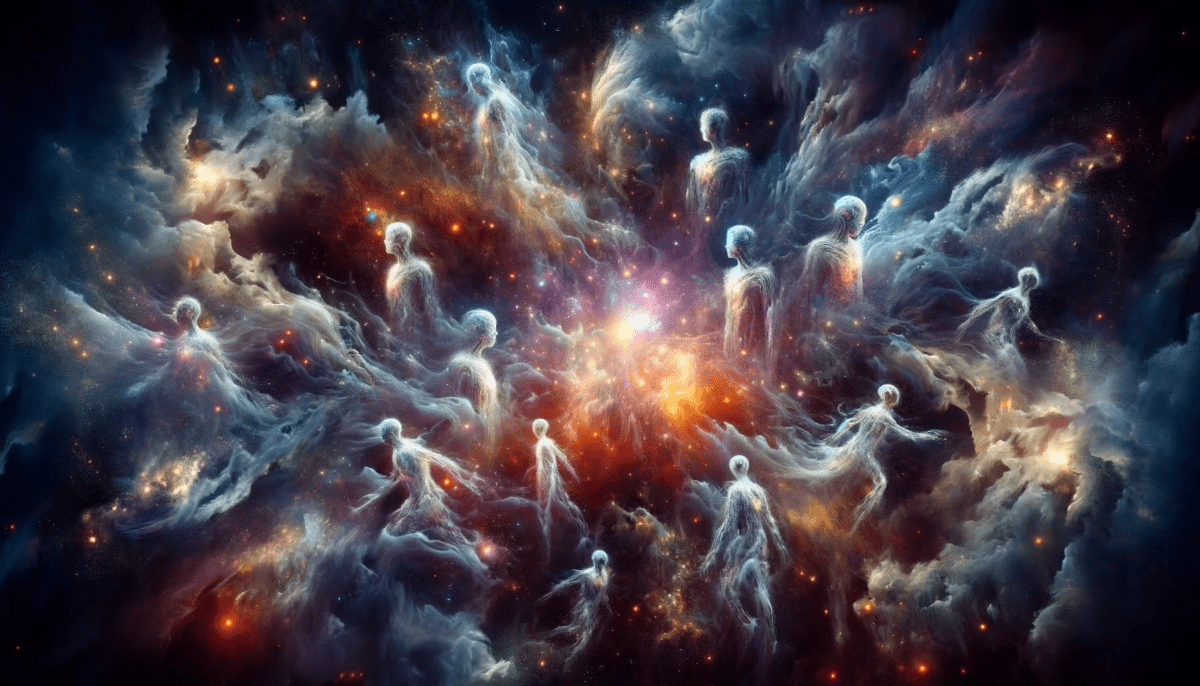
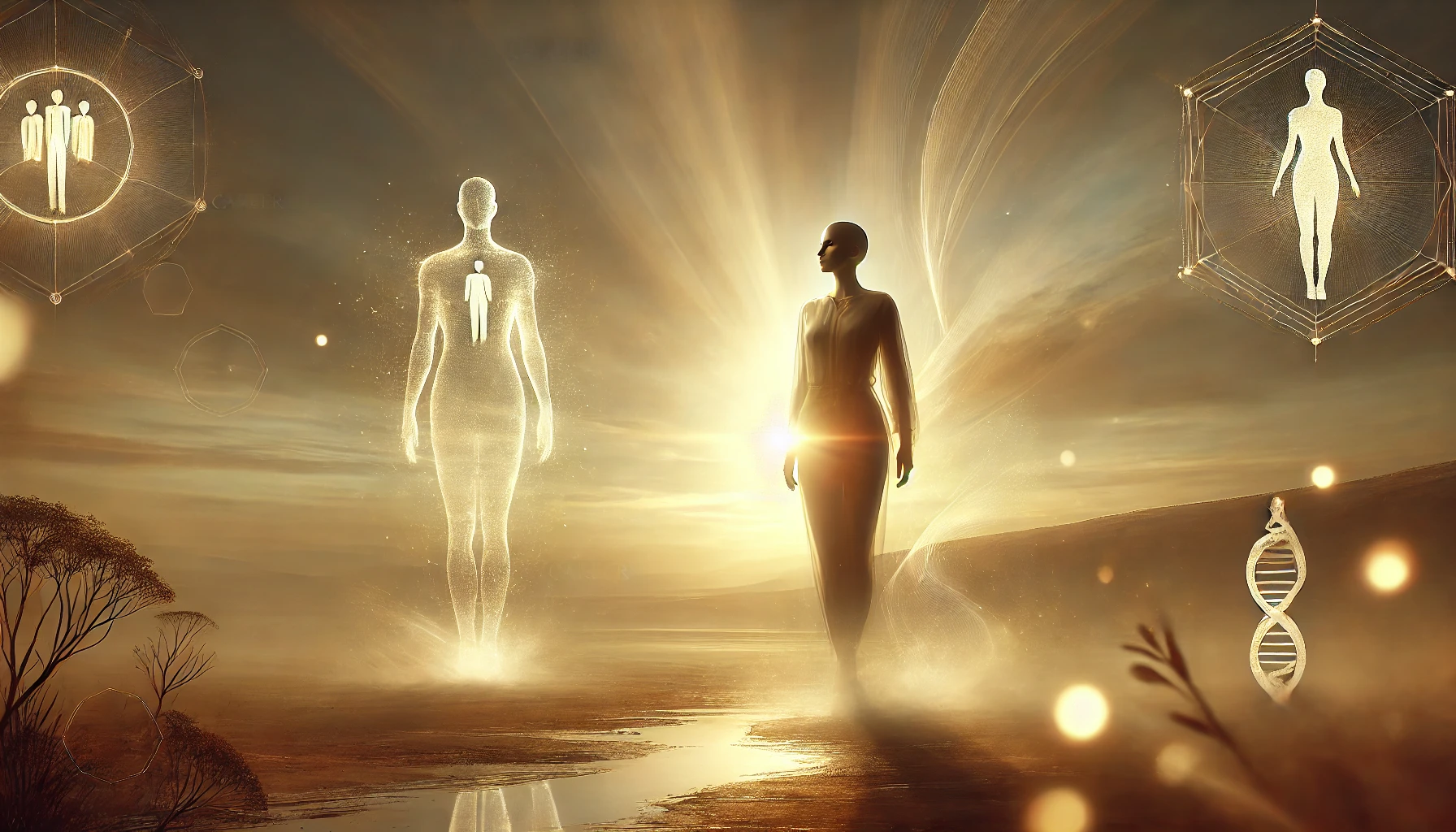
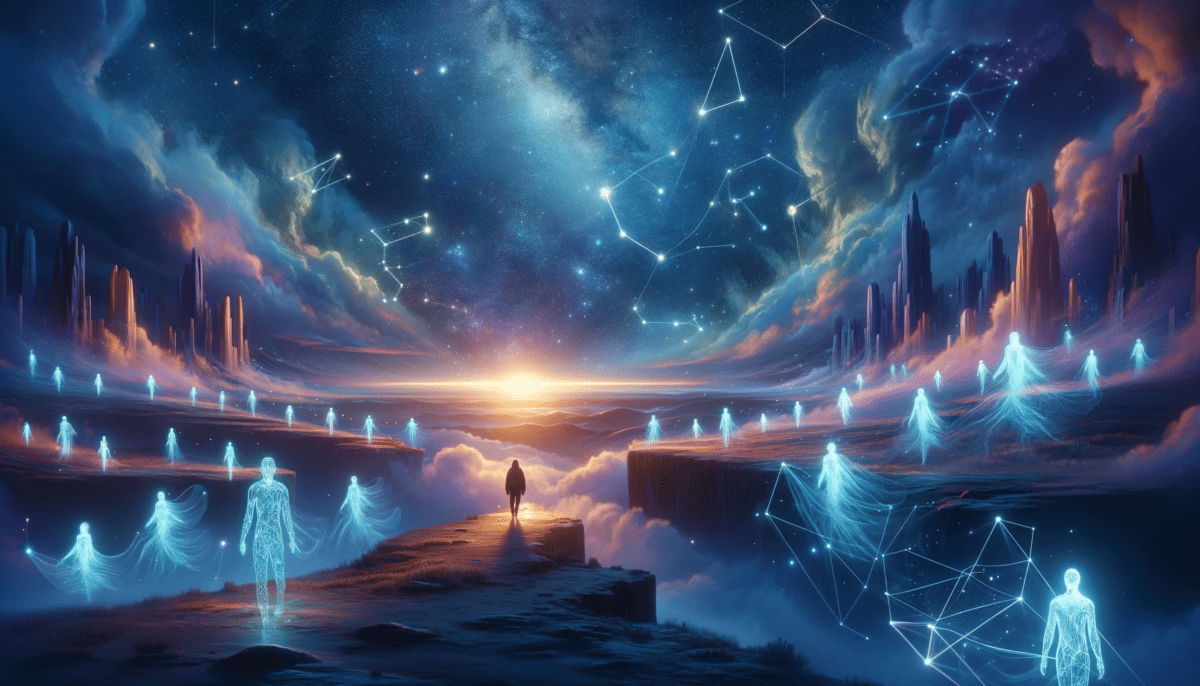
Leave a Reply